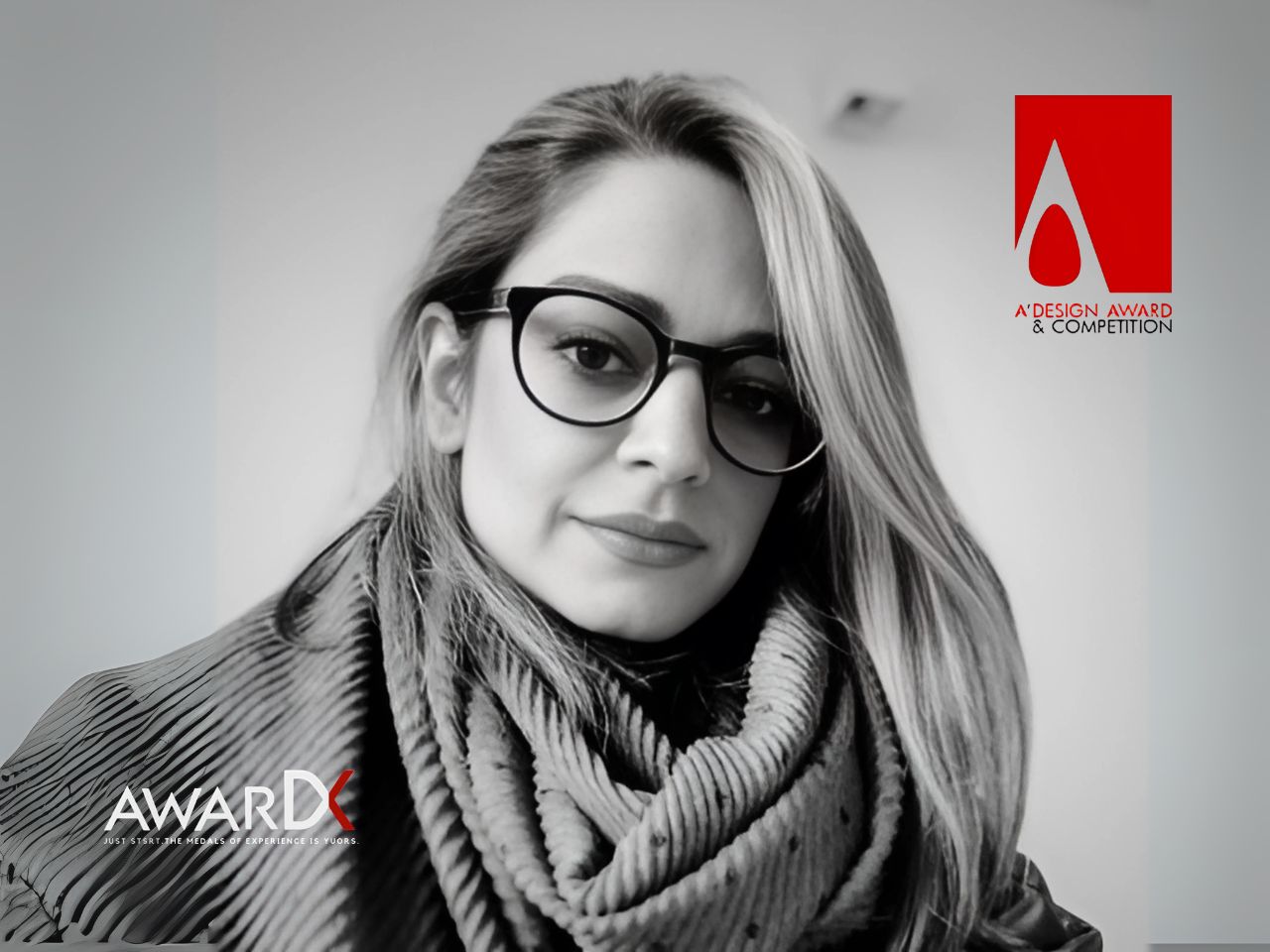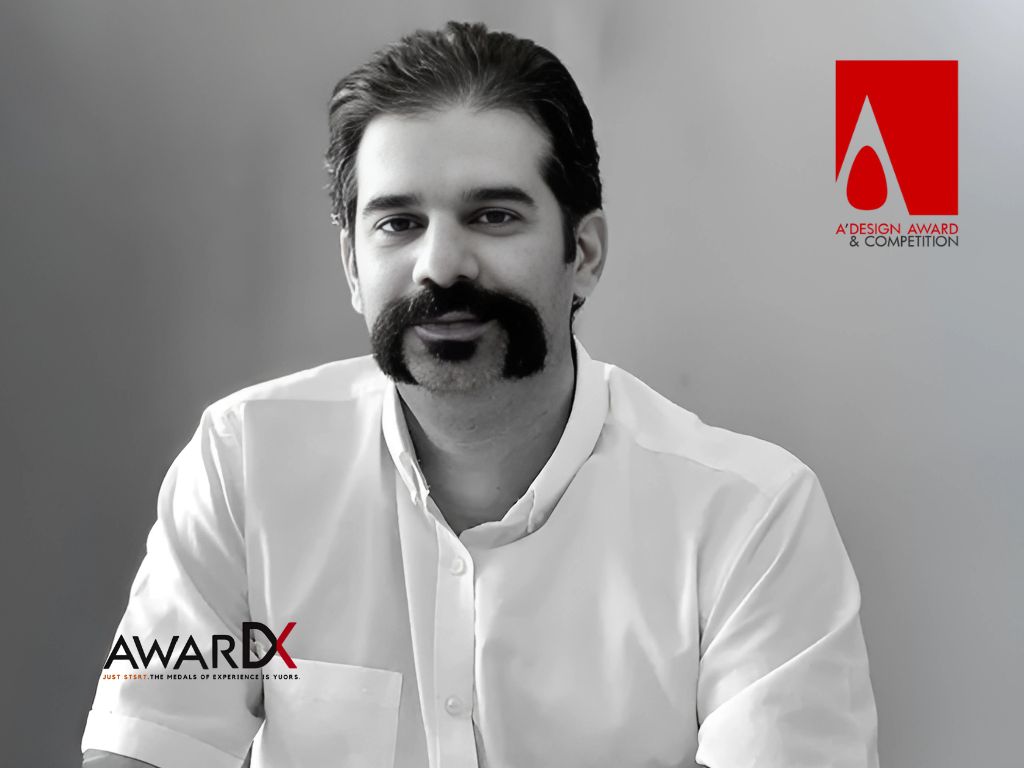Laodikeia and Its Symbols is a striking collection of architectural coating surfaces that translate the visual memory of the ancient city of Laodikeia into contemporary material systems. The project—developed by Laodikeia Marble in collaboration with designer Hakan Helvacıoğlu—was awarded an Iron A’ Design Award for Building Materials and Construction Components, recognition that highlights both its aesthetic ambition and technical maturity.
What the project is — product at a glance
At its core, Laodikeia and Its Symbols is a series of textured, pattern-driven surface finishes intended for walls and architectural cladding. The collection uses historic motifs, carved and reinterpreted textures, and nuanced surface treatments to deliver panels and tiles that read as both historical reference and contemporary design element. The result is a wall covering family that works as decorative narrative and as a specification-ready material for interiors and curated architecture projects.
Designer mindset — Hakan Helvacıoğlu’s approach
Hakan Helvacıoğlu approaches design as storytelling through material. For this project he combined archaeological sensitivity with modern surface design thinking: rather than reproducing artifacts verbatim, his aim was to distill symbolic grammar—lines, reliefs, rhythm—and recompose those elements into repeatable, buildable panels that keep the emotional weight of the original site. The intent is cultural resonance rather than literal replication: surfaces that evoke memory, invite touch and anchor new interiors to an ancient story.
Why the concept matters — cultural continuity in material form
Using architectural finishes to carry cultural narratives is powerful for designers and specifiers because it allows interiors to reference place and heritage without resorting to pastiche. Laodikeia and Its Symbols demonstrates how a region’s visual language—ornament, relief, and symbolic pattern—can be translated into contemporary building materials that support hospitality schemes, galleries, boutique retail and civic interiors seeking rooted identity. The A’ Design recognition underlines that the idea is not only poetic but also industry-ready.
From research to concept — how the idea began
The project began with contextual research: studying the archaeology, relief fragments and textile or carving motifs associated with Laodikeia. This research phase is essential for culturally sensitive design—mapping patterns, proportions and recurring marks that carry symbolic meaning. From these studies, small pattern sets and rhythm studies are pulled together to create a visual vocabulary that will inform repeat units for manufacturing. Public reporting on the collection emphasizes this lineage and the way the motifs are reframed for modern surfaces.
Design development — translating motif into material
Translating archaeological motifs into repeatable architectural panels typically follows several overlapping steps:
• Vectorization and abstraction: hand-drawn sketches and high-resolution scans of motifs are abstracted into repeatable vector patterns and relief maps.
• Surface grammar creation: designers test scale, density and rhythm to see how motifs read at one square metre versus a full wall.
• Material experiments: different substrate options (stone veneer, engineered stone, high-pressure laminates or ceramic panels) are tested for fidelity, durability and finish.
• Prototype reliefs: small-scale relief panels or printed samples validate how shadow, light and finish affect legibility.
• Technical detailing: jointing, fixing systems and edge conditions are resolved so installations look seamless and meet building tolerances.
For Laodikeia and Its Symbols, that workflow allowed the team to move from narrative fragments to a product family that performs as an architectural material while keeping the original references legible.
Material choices and surface strategy
The collection’s character depends on careful material selection and finish work. Options for such coating systems generally include natural stone veneers (for authenticity and tactility), digitally textured porcelain or engineered stone (for consistency and scale), and specialty coatings that highlight relief through selective polishing, patination or matte contrast. The chosen finishes control how motifs read under different lighting conditions—crisp in direct light, soft and mysterious in diffuse illumination—allowing designers to shape atmosphere through both pattern and material. Public materials from the Laodikeia collaboration emphasize both texture and finish as compositional tools.
Prototyping, testing and installation thinking
Bringing patterned panels into the built environment requires testing not only for visual fidelity but for fixings, tolerances and thermal or moisture behavior. Typical tests include mockup walls to assess grout lines or panel seams, abrasion and weathering tests for durability, and installation trials to confirm on-site tolerances and cutting strategies. The team behind Laodikeia’s collection staged physical prototypes and show installations—an important step for convincing architects and clients that the surfaces are both beautiful and buildable.
Balancing authenticity and manufacture — ethical considerations
A design that references archaeological heritage must balance authenticity and respect with scalable manufacture. The ethical approach shown by Laodikeia and Its Symbols prioritizes interpretation over replication: motifs are reworked, not copied; finishes respect the original textures while avoiding the commodification of artifacts. This stance helps the work sit comfortably in museums, boutique hotels and curated public projects without raising concerns about appropriation. The project’s public statements and awards note this thoughtful balance.
Why juries rewarded the project — design and industry impact
Award juries cited both the conceptual clarity and the execution: Laodikeia and Its Symbols transforms a cultural archive into a practical architectural material that designers can specify. The A’ Design jury (and subsequent recognition in curated exhibitions) highlighted the project’s capacity to carry narrative, present technical readiness and offer a producible system—three ingredients juries often require to award both design intent and industrial viability.
Applications and specification — where these surfaces work best
These coating surfaces are suitable for a variety of settings:
Boutique hotels and hospitality lobbies: where a sense of place enhances guest experience;
Gallery and cultural centers: as backdrops that connect contemporary displays to local history;
Retail flagships: where curated materials support brand storytelling;
Feature walls in premium residential projects: to create a focal surface that reads as both art and architecture.
Because the panels are developed with installation details in mind, specifiers can adopt them without the risk often associated with bespoke cladding.
Business and curatorial value — beyond aesthetics
For Laodikeia Marble and collaborators, the collection creates a marketable bridge between regional craft and international interiors. Awards provide credibility; prototyping and production documentation provide commercial confidence. Together these elements make the collection attractive to showrooms, museum shops, and design-forward hospitality chains that want materials with provenance and narrative. The project’s visibility at design exhibitions has been a strategic asset for trade adoption.
Aftercare and lifecycle considerations
Specification must consider maintenance: surface finishes that emphasize relief may require different cleaning regimes; natural stone options need sealants and periodic conservation; engineered panels require attention to edge sealing. The best practice is to provide clients with a maintenance schedule, recommended cleaning agents and service contacts—ensuring that the narrative value of the surfaces is preserved over years of use.
Takeaways — what designers and specifiers can learn
Research-first design wins trust: start with meaningful contextual research and let that guide proportion and motif decisions.
Prototype early at scale: mockup walls reveal how pattern and light interact in real spaces.
Design for manufacture and install: resolve fixing, seam and edge details before full production.
Respect cultural material: interpret rather than copy; provide provenance and context in marketing.
Use awards strategically: curated recognition helps translate cultural projects into commercial opportunities.



